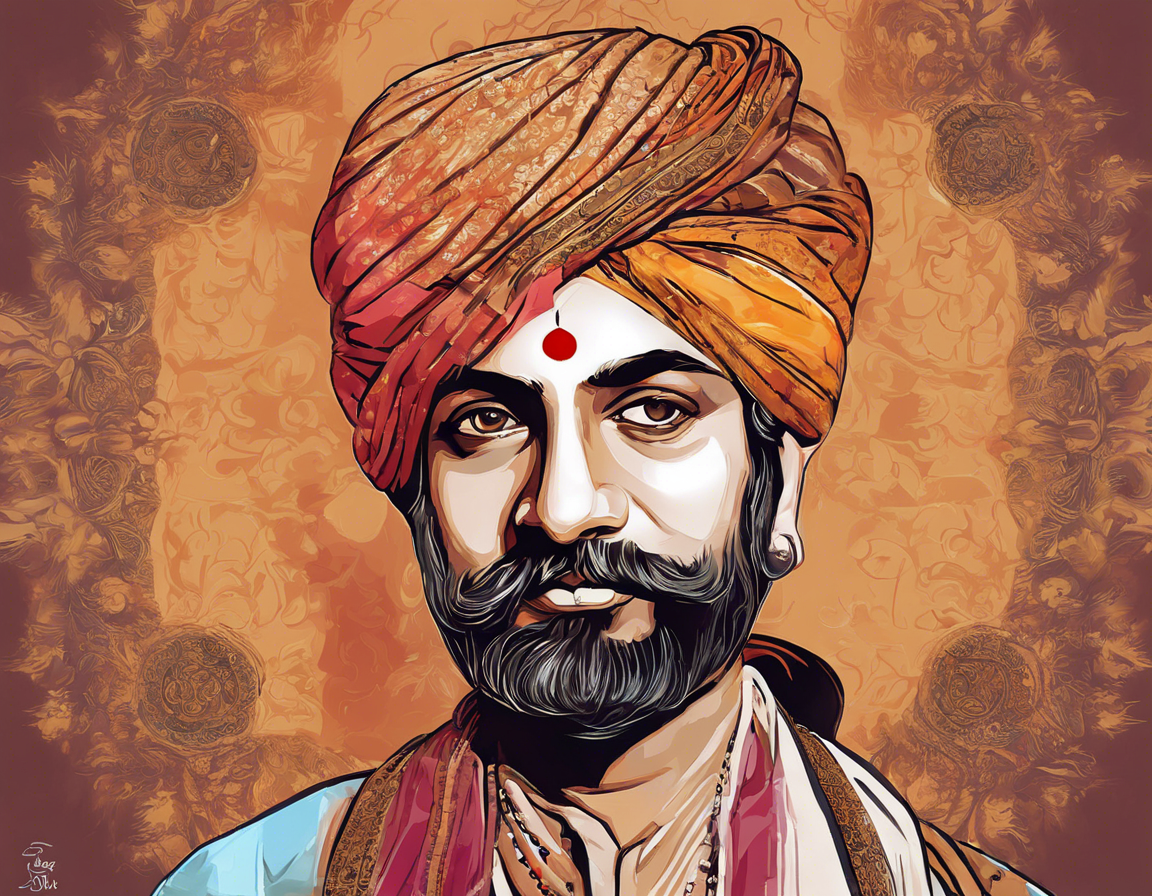Exploring the Legacy of Bhajan Lal Sharma Rajasthan

Introduction:
Bhajan Lal Sharma, often regarded as one of the most influential leaders in Rajasthan’s political landscape, has left behind a vast legacy that continues to shape the state’s socio-political dynamics. From his humble beginnings to his rise as a prominent figure in Indian politics, Sharma’s journey is both inspiring and intriguing.
Early Life and Political Journey:
Born on October 21, 1930, in the Chirawa region of Rajasthan, Bhajan Lal Sharma’s tryst with politics began at a young age. His deep-rooted connect with the masses, coupled with his unwavering commitment to public service, catapulted him to the forefront of Rajasthan’s political arena. Sharma’s association with the Indian National Congress proved to be a defining chapter in his political career, as he went on to hold several key positions within the party.
Key Contributions and Achievements:
Bhajan Lal Sharma’s tenure as Chief Minister of Rajasthan (1980-1981 and 1990-1992) witnessed a slew of developmental initiatives aimed at fostering inclusive growth and sustainable progress in the state. His emphasis on agriculture, education, and infrastructure development endeared him to the people, earning him the moniker of “People’s Chief Minister.” Sharma’s visionary leadership laid the foundation for Rajasthan’s transformation into a modern and progressive state.
Legacy and Impact:
Even after his passing in 2011, Bhajan Lal Sharma’s legacy continues to resonate in Rajasthan’s political landscape. His enduring impact on rural development, women’s empowerment, and social welfare schemes underscores his unwavering commitment to uplift the marginalized sections of society. The numerous educational institutions, hospitals, and infrastructure projects established during his tenure stand as a testimony to his progressive vision for Rajasthan.
Controversies and Criticisms:
Like any political figure, Bhajan Lal Sharma was not devoid of controversies and criticisms. His handling of certain administrative issues and political decisions drew flak from opponents and critics alike. However, his supporters staunchly defended his actions, citing his larger-than-life contributions to the state.
Conclusion:
In conclusion, Bhajan Lal Sharma’s indelible imprint on Rajasthan’s political canvas is a testament to his dedication, vision, and leadership acumen. His holistic approach to governance, focus on grassroots development, and commitment to the welfare of the underprivileged make him a beloved figure in Rajasthan’s history. As the state marches forward on the path of progress, it does so with the enduring legacy of Bhajan Lal Sharma guiding its way.
FAQs:
1. What were Bhajan Lal Sharma’s key focus areas during his tenure as Chief Minister of Rajasthan?
– Answer: Bhajan Lal Sharma prioritized agriculture, education, and infrastructure development during his time as Chief Minister, aiming to foster inclusive growth and sustainable progress in the state.
2. How did Bhajan Lal Sharma’s legacy impact Rajasthan’s socio-political landscape?
– Answer: Sharma’s legacy continues to resonate through his contributions to rural development, women’s empowerment, and social welfare schemes, emphasizing his commitment to uplifting marginalized sections of society.
3. What criticisms did Bhajan Lal Sharma face during his political career?
– Answer: Sharma faced criticisms for certain administrative decisions and political actions, which led to debates and disagreements among opponents and critics.
4. What is the significance of Bhajan Lal Sharma’s early political journey in shaping his later career?
– Answer: Coming from a humble background, Sharma’s early political experiences instilled in him a deep-rooted connect with the masses and a commitment to public service, which shaped his subsequent rise as a prominent political figure in Rajasthan.
5. How is Bhajan Lal Sharma remembered by the people of Rajasthan today?
– Answer: Bhajan Lal Sharma is fondly remembered by the people of Rajasthan for his visionary leadership, developmental initiatives, and unwavering commitment to the welfare of the state’s residents.






